Looking for ways to stop squash bugs from taking over your garden plants? The pesky insects can cause devastating results to your plants in no time at all – and all but ruin a harvest!
Contrary to what the name says, squash bugs affect more than just your squash plants. In fact, in addition to squash they can also attack watermelons, cantaloupe, pumpkins, cucumbers and more.
While the foliage of these plants is often the main target, squash bugs are not above feeding on the fruit as well. And what can start as a small infestation can turn into trouble for vulnerable plants before you know it.
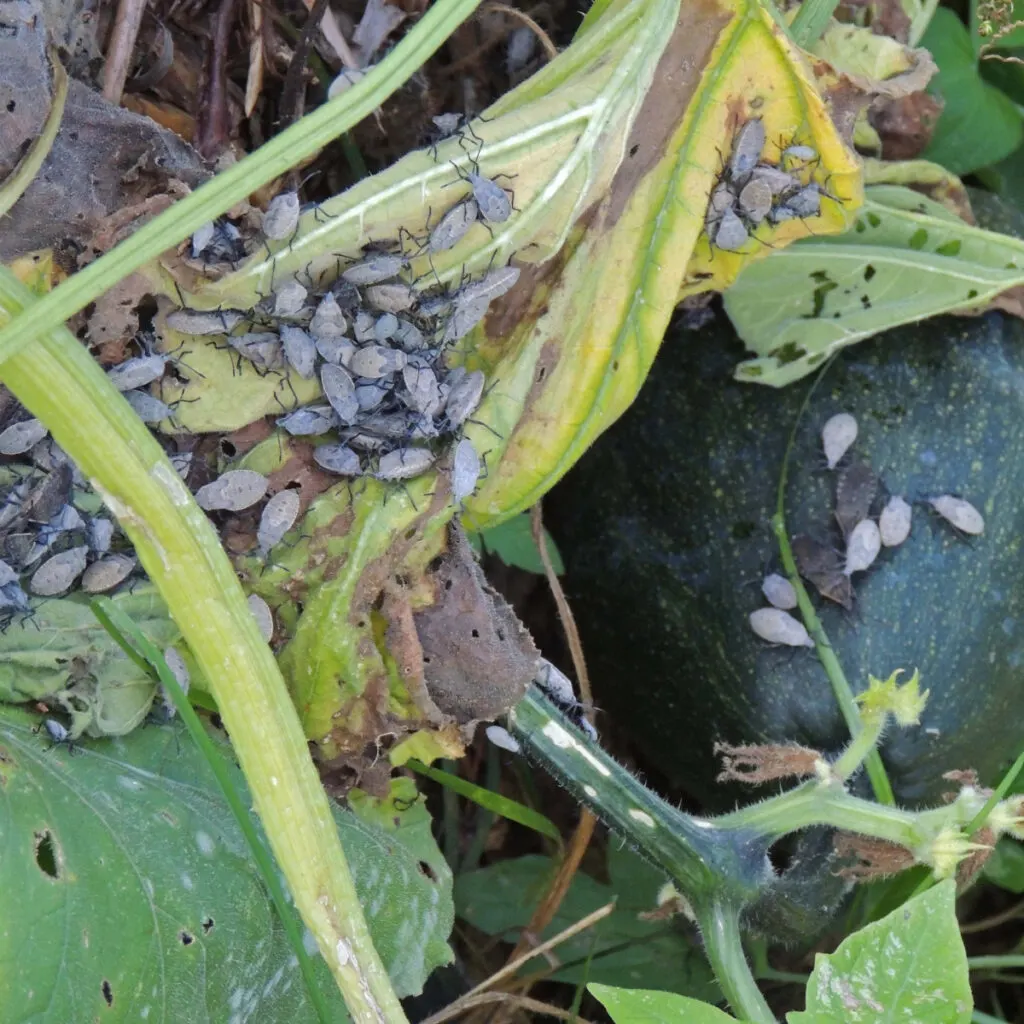
What makes matters worse is that once squash bugs have invaded your garden, they can easily overwinter even in the coldest temperatures. Without properly rotating crops or cleaning out your fall garden, they simply lie in wait to wreak havoc on future plants for years to come.
That is exactly why it’s vital to stop squash bugs before they get out of hand. The good news is that there are several safe and natural ways to do this without the need to resort to harsh chemicals and sprays.
Recognizing Damage – How To Stop Squash Bugs Before They Ruin Plants
Squash bugs suck on the juices of plants using their razor-sharp mouths. While doing this, they also release toxins that are deadly to plant tissue. The damage they cause is usually fairly easy to spot.
First, you will start to see yellow spots appear on the leaves. After a while, the leaves will start to wither and die as the toxin spreads throughout the leaves – and eventually the entire plant will succumb to the toxin.
While a small infestation is not usually deadly for larger, thriving plants, smaller plants can quickly be killed. And what often starts as a small issue can turn into a large one in no time at all – even for the healthiest of plants.
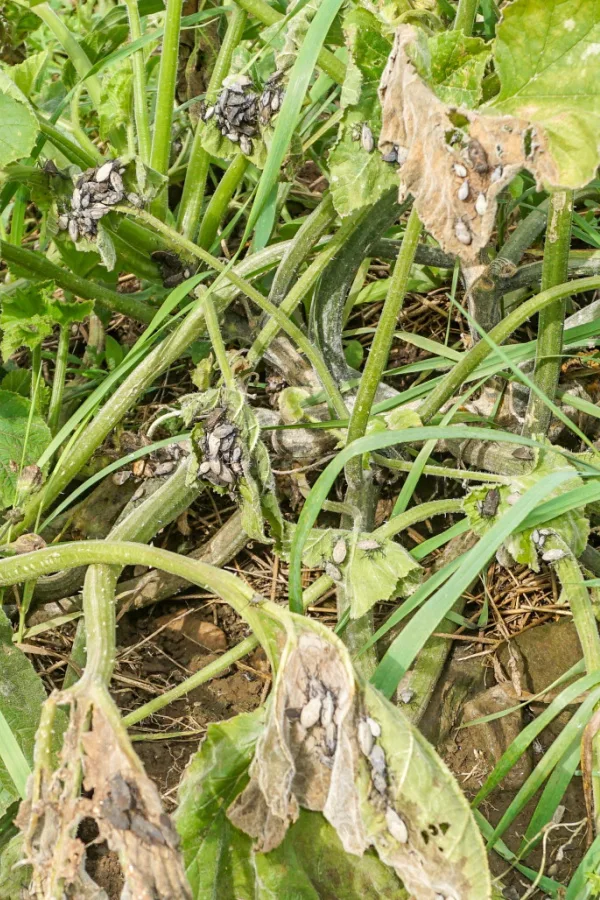
Squash bugs don’t just stop at feeding on the foliage of plants either. They will also feed directly on the fruit itself, preventing you from having anything worthwhile to harvest. That is, if your plants can survive the attack long enough to produce fruit!
Stopping Squash Bugs – Naturally
Check Plants Often
The first step in controlling a squash bug invasion is to check your plants often. While plants might look healthy and have no signs of pest damage one day, the next day might be a totally different story.
When you check your plants often, you can catch small infestations before they get out of hand. It’s a lot easier to find and eliminate just a few bugs than it is to do damage control after squash bugs have multiplied.
The key to success is to check your plants over every couple of days starting in early spring. You will start to see adult squash bugs early on looking for places to mate and lay their eggs. Later during the summer, those eggs will hatch, so you need to continue checking plants all throughout the summer.
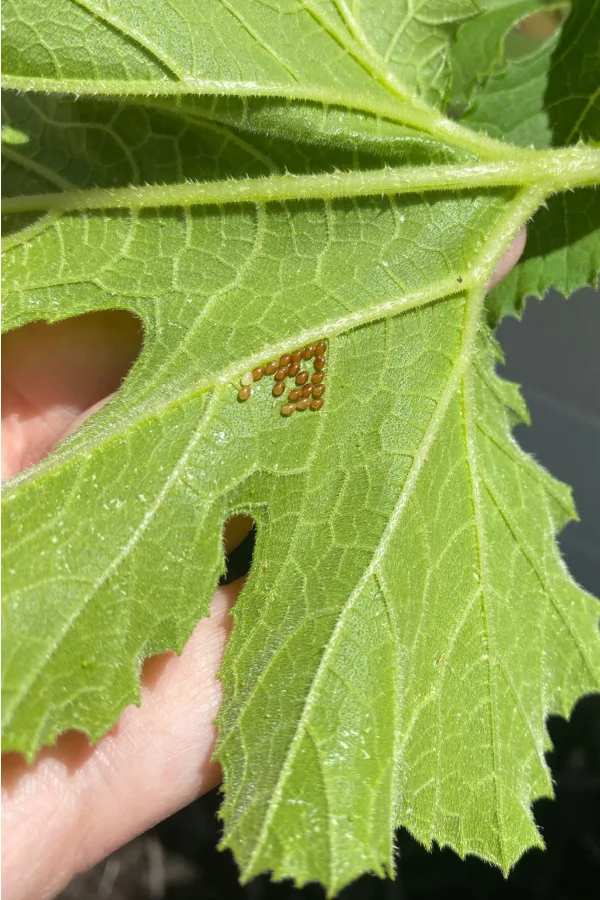
Be sure to check the tops and bottoms of the leaves. Squash bugs often lay their eggs on the bottom of leaves where the stem meets the foliage. The eggs will be brown in color and tiny, often in clusters of around 20 or so.
Identifying Adult Squash Bugs
Adult squash bugs are often confused with a similar invasive pest, stink bugs. However, they have a few simple differences.
Both insects grow to be around half an inch long and are brown in color. They feature wide armor-like bodies that are flat and low to the ground. However, squash bugs vary from stink bugs in that they have orange colored stripes along their abdomen and along the sides of their bodies.
Both insects have wings and are capable of flying. However, they don’t fly for distances and instead often opt for moving along on their legs. Don’t underestimate their speed – squash bugs can scurry away rather quickly, making adults sometimes difficult to locate.
Hand Picking – Stopping Squash Bugs
If you find eggs, you need to remove them before they hatch into nymphs. It takes less than 14 days for the hatching to occur. Both the nymphs and adults will feed on the plant tissue, so the sooner you remove the eggs, the better off your plants will be.
To remove the eggs, simply crush them between two gloved fingers. You can also scrape them off carefully into a container of soapy water as well. Take care not to damage the leaves of the plant when scraping. Removing the eggs can really help stave off serious future issues.
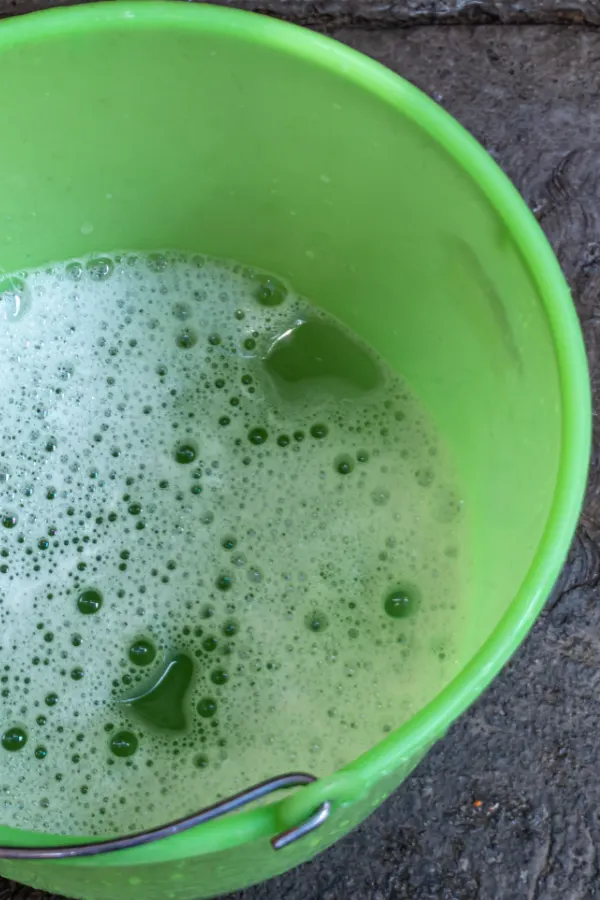
When they hatch the nymphs look like tiny spiders and have greenish-gray bodies. Hand picking the nymphs and the adults when you locate them is a great way to control small infestations. Just as with the eggs, you can simply drop them into soapy water to kill them.
Organic Remedies – How To Stop Squash Bugs Before They Ruin Plants
If you find that you have a bigger issue that hand-picking can control, it’s time to move on to the next method of stopping squash bugs. And one of the best for additional control is to use neem oil.
Neem oil is a great, all-natural alternative to pesticides and other harmful sprays. The oil comes from the compression of neem tree seeds and works to kill not only adult squash bugs but the nymphs and eggs, too.
Neem oil comes in ready-to-use sprays or you can make your own spray by mixing two teaspoons of concentrated neem oil with one gallon of water. Just be sure to follow the directions on the package to make sure you aren’t also harming beneficial insects as well. (Affiliate Link: Neem Bliss Pure Neem Oil)
Another great alternative is to use diatomaceous earth (D.E.). D.E. is essentially crushed-up remains of ancient marine fossils. The sharp edges work to cut the exterior of the squash bugs and the nymphs, keeping your plants clear of squash bugs in the process.
Other Alternatives
Along with the above methods, you can also use companion planting to help deter squash bugs from taking up shop in your garden. Plants like nasturtiums, dill, marigolds and radishes are all useful in helping repel squash bugs and other unwanted pests.
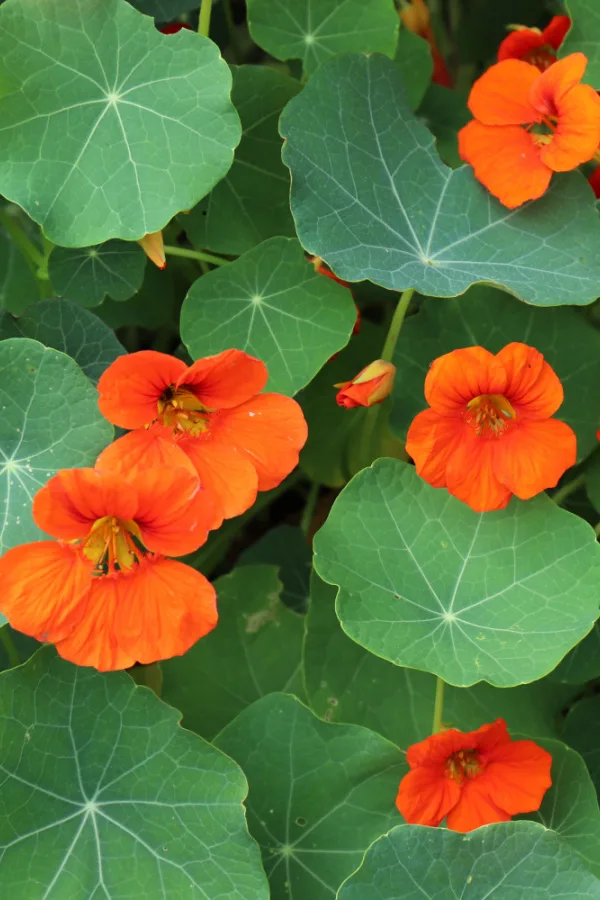
Another great option, if used early on, is to use row covers. Floating row covers can help to protect young plants. This is only useful if they are in place before the squash bugs arrive in early spring to mate and lay eggs. (Affiliate Link: Floating Row Covers)
Row covers help to prevent adults from laying eggs on the foliage of your plants. You can remove them when you see the first flowers appear on the plants. This allows the plants to still be pollinated and produce.
Lastly, be sure to remove any and all old plant material from your garden as soon as possible in the fall. If you allow the plant material to decay in place, that only gives the squash bugs the perfect place to overwinter until next spring. (See: “Why & How To Clear Out Your Garden In The Fall”)
By using these simple tips for preventing squash bugs, you will be able to stop them before they become a huge problem for your plants not only for this year but for next year as well!
Follow Our Facebook Page For Even More Great Tips! Simple Garden Life Facebook Page
Simple Garden Life is a website dedicated to keeping gardening fun, simple and enjoyable! We publish two new articles each week along with a new garden podcast episode every two weeks. This article may contain affiliate links.
